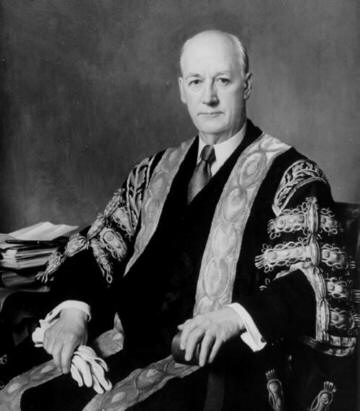What are the attractive sequences? Suppose R is an irrational number greater than 1, and let S be the number satisfying the equation 1/R + 1/S = 1.
Let [x] denote the floor function of x, i.e., the greatest integer less than or equal to x. The sequences [nR] and [nS], where n ranges through the set N of positive integers, are the Beatty sequences determined by R. Here's what's so good about them: they partition N; i.e., every positive integer occurs exactly once in one sequence or the other.
For example, when R is the golden mean (about 1.618), the two sequences begin with
1, 3, 4, 6, 8, 9, 11, 12, 14, 16, 17, 19, 21 and
2, 5, 7, 10, 13, 15, 18, 20, 23, 26, 28, 31, 34.
